Scroll for more Info
Every year, nature unveils one of its most spectacular and dramatic performances—the Great Wildebeest Migration. This epic, never-ending cycle of movement involves over 1.5 million wildebeest, accompanied by hundreds of thousands of zebras, gazelles, and other grazers, traveling across the vast plains of Tanzania’s Serengeti National Park into Kenya’s Masai Mara National Reserve and back again.
Driven by instinct and survival, this massive migration stretches over 1,000 kilometers, dictated largely by the seasonal rains and the pursuit of fresh grazing lands. It is a story of life, death, birth, and renewal—a journey fraught with danger, triumph, and awe-inspiring endurance.
Why Do Wildebeest Migrate?
The movement of the wildebeest is primarily in search of food and water, but the true compass of their journey is rain. These animals are highly attuned to weather patterns and will follow the rains, chasing the lush green grass that sprouts soon after.
The migration follows a clockwise circular route between southern Tanzania and southwestern Kenya. With no fixed beginning or end, the journey is continuous. It is not a straight path but rather a rhythmic pattern governed by nature, instinct, and survival needs.
The Journey Begins: Calving in Ndutu – January to March
The migration begins in the Ndutu region of the Ngorongoro Conservation Area, located in the southern Serengeti. From January through March, this area becomes the center of new life as over 500,000 calves are born in just a span of 2 to 3 weeks. The open plains offer plenty of grass for nursing mothers, and visibility is high, giving newborns a fighting chance against lurking predators.
But this season of life is also a season of danger. Lions, cheetahs, hyenas, and leopards are ever-present, drawn by the promise of easy prey. Newborn calves are particularly vulnerable—many won’t survive beyond their first few days.
By late March, as the rains diminish and the grazing becomes scarce, the herd begins its trek northward, gradually shifting westward towards the Seronera region and into the Grumeti Reserve.
Westward and Northward: Grumeti River Crossing – April to July
As the herds push through the western corridor of the Serengeti, they must face their first major natural obstacle—the Grumeti River. Although not as famous as the Mara River, it poses serious threats. Crocodile-infested waters, thick vegetation, and uneven terrain make this leg of the journey extremely dangerous.
Still, the herds are relentless. The grasses here, temporarily rich due to lingering rains, provide a short-term haven. But the moment they begin to dry out, the animals are once again on the move—now aiming for the lush plains of northern Serengeti and Kenya’s Masai Mara.
The Mara River Gauntlet: The Iconic River Crossing – July to October
By July, the migration reaches its most dramatic and perilous point—the Mara River crossing. This event, often showcased in documentaries, is nature at its rawest. Massive herds gather at the riverbanks, unsure of when or where to cross. Once the first animal jumps in, a stampede follows.
But the Mara River is merciless. Fast currents, high cliffs, and massive Nile crocodiles lie in wait. It’s estimated that thousands of wildebeests and zebras perish in these crossings each year—trampled, drowned, or caught by predators. The water turns red, and the air is filled with panic and noise.
And yet, survival means progress. Those who make it across enter the Masai Mara, where they enjoy greener pastures and relative peace—at least for a while.
Return to the South – October to December
By late October or early November, the rains begin to return to the south. The now-depleted Mara begins to dry, signaling the herds to return to the Serengeti. They follow the same instinctive path, only this time in reverse.
The return journey is equally arduous. Many are tired, injured, or weakened by disease. Predators still lurk in the shadows, and the landscape offers no mercy. But the promise of fresh grazing grounds in the southern Serengeti pulls them forward. By December, most of the herd has returned to Ndutu, just in time for the next calving season—and the cycle begins once more.
Instinct or Intelligence? How Do They Know Where to Go?
One of the greatest mysteries of the wildebeest migration is how these animals know where to go. There is no map, no leader, and yet the herds move in remarkable unison. Scientists believe that instinct, combined with environmental cues such as thunder, lightning, smell of rain, and wind direction, guides their movement.
Still, much remains unknown. Some theories suggest that the herd relies on an internal biological clock or magnetoreception—a built-in ability to sense the Earth’s magnetic fields. Whether science fully explains it or not, this phenomenon remains one of the most awe-inspiring behaviors in the animal kingdom.
A Symphony of Life and Death
The Great Wildebeest Migration is not a peaceful stroll through the savannah—it is a dangerous pilgrimage. As many as one-third to one-half of the migrating animals do not survive the journey. Calves fall behind or are caught by predators. Older or weaker individuals succumb to disease or exhaustion.
Meanwhile, predators thrive. Lions, leopards, cheetahs, and hyenas follow the herds closely, seizing every opportunity. Crocodiles dominate the river crossings, while vultures and scavengers clean up the remains.
It is brutal, beautiful, and utterly natural—a vivid reminder of the delicate balance between life and death in the wild.
Travel Tips: When and Where to Witness the Migration
- January–March: Best for witnessing calving season in the Ndutu and southern Serengeti.
- April–July: Observe the Grumeti River crossing and movement through central Serengeti.
- July–October: Witness the dramatic Mara River crossing in northern Serengeti and Masai Mara.
- October–December: Catch the return of the herds to southern Tanzania.
To fully enjoy this experience, consider booking with reputable safari companies that understand migration timing and positioning. Safari guides can ensure you are at the right place at the right time for unforgettable moments.
More Kenya Experiences
Suggested Masai Mara trips
Destinations
Itineraries
Follow us
Get Intouch

